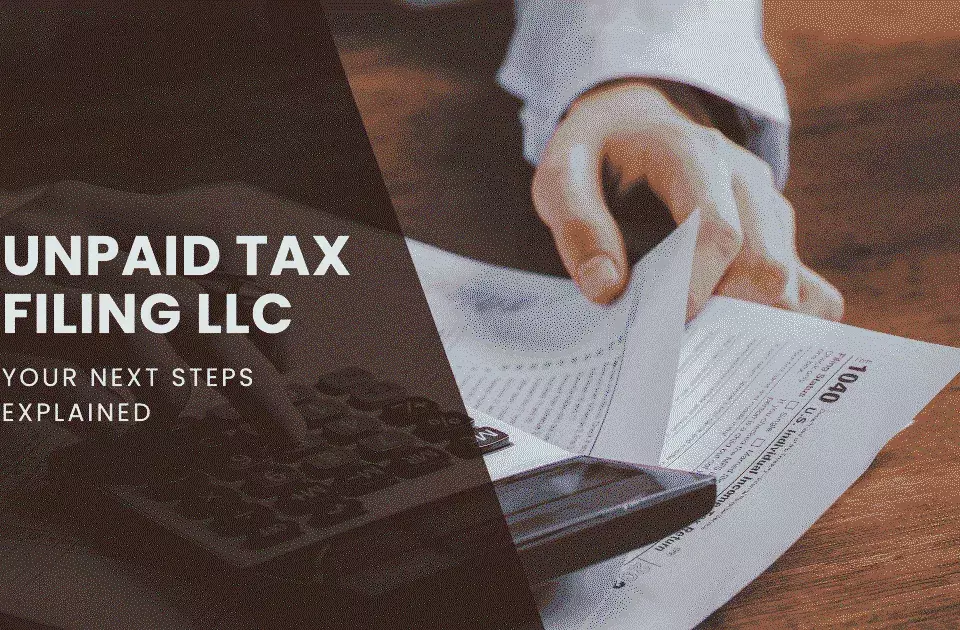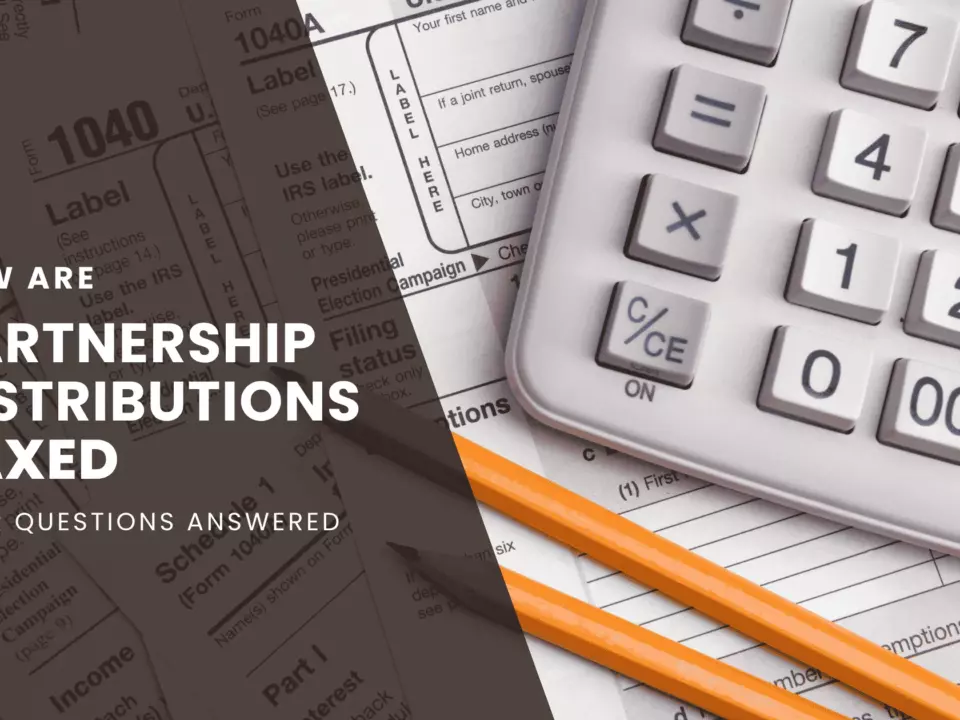Variable Expenses And Why They Are Important

Mastering Gross Sales: Formula, And Net Sales Comparison
October 13, 2023
How To Calculate Year-Over-Year (YOY) Growth
October 19, 2023Variable Expenses And Why They Are Important
What is Variable Expense?
Managing your money can feel tricky when you can’t control all your expenses. Some costs, like car payments, always stay the same. But there are others, called variable expenses, that can change.
Variable expenses are the ones that don’t have a set amount. They can be hard to predict because they go up and down. Some variable expenses are necessary, like groceries, while others, like movie tickets, are optional.
Formula and Calculation of Variable Costs Simplified
To figure out the total variable cost, you just need to multiply the number of things you make by how much it costs to make one thing:
Total Variable Cost = Total Number of Items Made X Cost to Make One of that Item
The cost for making one thing can change depending on what you’re making. Usually, you can figure it out by adding up the different costs that change when you make more things. Sometimes, these costs need to be divided among the things you make if they are bought in batches (for example, buying 100 pounds of material to make 10,000 products).
Different Types of Variable Costs
In the process of making things, there are certain expenses that usually change as you make more or fewer things. Let’s take the example of a big sports apparel company and see what these variable costs are in this scenario.
1. Raw Materials
Raw materials are what you buy to make your final product. If the sports brand doesn’t make shoes, they won’t need to pay for leather, mesh, canvas, or other materials. Normally, a company spends about the same on raw materials for each thing they make, assuming there aren’t big differences in making one thing compared to another.
2. Direct Labor
Some employees get paid the same amount no matter how many things the company makes (like salaried workers). But others get paid based on how many hours they work, so if they work more, they get more money.
3. Commissions
Commissions are extra money that a company gives to its employees based on the sales they make. If no sales are happening, there are no commission expenses. These expenses go up and down based on how much the sales teams accomplish.
4. Utilities
When the machines in the factory are running and making things, they use energy. When they stop, the energy usage stops too in cases where storage or backend work is not required. So, utility costs usually go up and down with production. If a company wants to make more things, they’ll likely use more power, leading to higher utility costs.
5. Shipping/Freight
The cost of shipping a product only happens when something is shipped. So, the cost of shipping changes depending on how many things are being shipped. While there might be some fixed costs like owning a shipping department with special equipment, many of the other costs go up and down with the quantity of items shipped.
Why Variable Cost Analysis Is Important
Looking at variable costs can help a company in several ways. Let’s look at some of these:
Setting Prices
By understanding variable costs, a company can figure out how much it costs to make their products and what they need to charge to make a profit.
Budgeting and Planning
If a company plans to make more things, they need to know that variable costs will go up as well. This is crucial when making plans for growth or changes in their products.
Break-Even Point
A company’s break-even point is when their fixed costs are covered by the money they make after accounting for variable costs. Variable cost analysis helps determine how many items need to be sold to break even or make a certain amount of money.
Margins and Profits
Gross margin, profit margin, and net income are important for a company. By analyzing variable costs, they can see how changing production levels can impact their profits.
Expense Decisions
When a company needs to decide whether to buy equipment or pay for it every time they make something, this choice can affect their profitability and financial leverage.
Key Considerations in Business
1. Relevant Range
The relevant range is mainly about fixed costs, although variable costs also have their own relevant range. This applies to things like the cost of materials for making products and labor costs. For instance, when a certain number of hours are worked, labor costs might include overtime rates. Think of it like this: imagine a wholesale bulk pricing strategy that offers different prices based on the quantity of products ordered.
For example, the cost of raw materials might be $0.50 per pound for the first 1,000 pounds. But if you order more than 1,000 pounds, the cost drops to $0.48 per pound. In both cases, the variable cost is what you pay for the raw materials, either $0.50 per pound or $0.48 per pound.
2. Degree of Leverage
A company’s degree of operating leverage depends on both variable and fixed costs. In simple terms, fixed costs are riskier but can offer greater leverage and potential rewards for the company. On the other hand, variable costs are safer, provide less leverage, and offer smaller potential rewards.
Let’s go back to the equipment rental example: if a company makes just one unit of output, it’s $999.95 cheaper to choose the per-unit price. But if the company produces 20,000 units, both options lead to break-even. However, if the company manufactures 1,000,000 units, it’s $49,000 more cost-effective to go with the fixed price.
The company faces a risk of loss if it produces less than 20,000 units. However, producing more than this has the potential for significant benefits. So, leverage favors the company that opts for fixed costs as long as it can produce enough output.
3. Contribution Margin
Variable costs are essential for calculating the contribution margin, which is the money a company has left after covering variable costs with its sales revenue. Every dollar from the contribution margin goes toward covering fixed costs. Once all fixed costs are covered, every dollar from the contribution margin adds to the company’s profit.
This is why variable costs are crucial when a company wants to figure out its break-even point (the point where it neither makes a profit nor incurs a loss). Variable costs are also necessary for setting sales targets to achieve a specific profit goal.
Endnote
When you make things in a factory, there are various kinds of expenses involved. One of these expense types is called a “variable cost.” This cost only goes up when you produce more stuff. On the other hand, there are “fixed costs” that stay the same even if you do more things within a certain range. Having variable costs is like a safety net for a company because if there’s less demand for their product, they won’t lose too much money. However, it also means they can’t make as much profit as they might have if they focused more on fixed costs.
Also Read: What Is a Variable Cost How Do You Calculate It
Wajiha Danish
Wajiha Danish is the Director at Monily, overseeing financial strategies and operations for small and medium businesses. She has over 18 years of experience, including her role as Controller at HOCHTIEF PPP Solutions North America. Wajiha's background includes significant roles at Pakistan Petroleum Limited and A.F. Ferguson & Co. (PwC Pakistan). She is a Chartered Certified Accountant (ACCA) and Certified General Accountant (CGA) with expertise in financial management and project finance.






